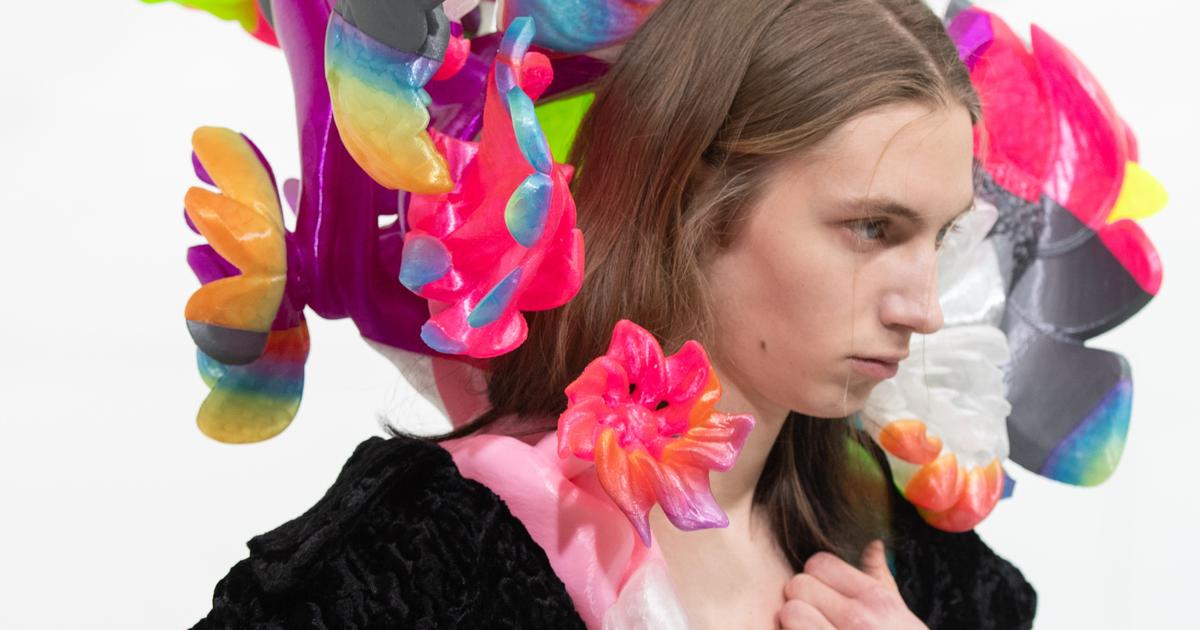Even before the invention of time, there is a passionate desire to know what will happen tomorrow, where we will find ourselves or what our destiny will be.
Religions, schools of thought, even science and technology have used all the resources and tools at their disposal to glimpse half an inch of the future.
Inevitably, the recurring practices and the experience of the metaphorical thermometers of the present have been helpful in making certain predictions with knowledge of the facts, such as in the economy, social trends or the behavior of nature in certain contexts.
And the art?
Especially in the speculative field of the art market, for gallery owners, art dealers, collectors and certain types of curators it is pertinent to know "what is coming", to anticipate and make a move of opportunity to win a lot with little, call it money , prestige, recognition or simply the pleasure of being the first.
Faced with this type of conceptions, games and dynamics, it is vital to be viewers with an exact mixture of diligence, observation and judgment, but also of a certain courage, intuition and intangible talent that can only be chosen by being in constant contact with the greatest amount of art possible to glimpse its discursive lines, its aesthetic evolutions or its material tendencies, even.
A lot of information in between, in a pertinent mix of correlations not always in sight.
This means: we would all like to discover the next Basquiat of the contemporary world, but it is likely that whoever manages to see him reconfigures the very approach.
The Beheading of John the Baptist (2006), part of the Natural History exhibition by artist Damien Hirst at the Gagosian Gallery, March 2022. London, England. (Image: Tristan Fewings/Getty Images)Tristan Fewings (Getty Images)
What is he saying
Faced with the express question about what awaits contemporary art at its next threshold, Jesús Pacheco, cultural journalist, producer and host of La Pipa y la Fuente, a radio program specializing in contemporary art, answers from nature same in art, where the breadth of possibilities and paths trace a complexity beyond trends and recurrences.
“Here I have to apply the usual phrase of 'the more I know, the more I don't know'.
What I could tell from a bird's-eye view of what's most interesting appearing in biennials and group shows is a growing interest in textiles and weaving.
I am thinking, for example, of the Crochet Coral Reef, the knitted science fiction created by sisters Christine and Margaret Wertheim of the Institute For Figuring.
This project – which combines mathematics, marine biology, social activism and art – responds to the environmental crisis triggered by global warming.
This woven reef has been growing around the world since 2005 thanks to the collaborative action of more than 20,000 people.
It is a great example of a project that can highlight the damage that humans cause to the planet,
but that also underlines the power for positive action;
shows us how crocheting with scraps can be a way of intertwining love and anger, to use the words of Donna Haraway.
I also think of the textile work of Paloma Contreras, which with the softness of the stuffed animal or the caressable textures traps us to end up whispering terrible things to us, which have the same thing to do with the horrors of the Mexican middle class as those of political and economic history. contemporary mexican.
They are stuffed animals that end up hanging us with their soft little hands.
And it is also eloquent that in this year's Biennale there were from historical pieces of the visual artist facet of Violeta Parra (woven canvases from the 60s) to the mask costumes of Lavinia Schulz and Walter Holdt,
that in the 20s and 30s they accompanied 'free dances' and that have been called 'an initiation theatricality'.
Or the recent work of Tau Lewis, who transforms fabrics and artifacts recovered through elaborate sewing processes into magical beings or gigantic imaginary talismans”, explains Pacheco Vela.
For her part, the photographer Juliana Alvarado pays her perspective in the field of photography, what she perceives is happening and where her discipline is pointing.
“There are works about territories, identities and violence above all.
Gender, linked not to the abject but from the metaphor of the body, that moves a lot within the photographic language, even with photographers from northern Mexico.
Suddenly, photographers from Ciudad Juárez have written to me and I see that we have points in common, it surprises me, there are very similar photos from different contexts.
On the other hand, I see that several artists of my generation are doing things that are very self-referential and with the whole idea of identity and individuality.
There are reflections on what we live in the subject of the image: all this false idea that you can have your identity through Instagram, currently everything is permeated by digital media and there is not so much freedom.
I have that, as a discourse, as a constant echo with others”, points out Alvarado.
This problem to which the photographer alludes also coincides with the local perception of a childish and abrupt aesthetic, even neglected in terms of material techniques and discourse, which for the multidisciplinary artist Israel Martínez is symptomatic and to a certain degree understandable, as a possible reaction to the harshness and cruelty of the world in which we live.
“Currently I see that gallery owners propose a lot of childishness, comics or a very sarcastic vision of things.
For me it is a line that reflects a distance from the commitment of art in its social reflection, perhaps resulting from the weariness of the harsh and violent reality in which we live.
It's still political, but it doesn't state it head-on and that means the gallery owner can offer it as a work that can be collected, Martínez points out.
Yoga don't help, a piece by Romanian artist Andra Ursuta in the Central Pavilion of the Biennale Giardini during the 59th International Art Exhibition (Biennale Arte), May 2022. Venice, Italy.
(Image: Giuseppe Cottini/Getty Images) Giuseppe Cottini (Getty Images)
look back
Within the discussions regarding conjunctures and trends within contemporary art, the one that revolves around the triumphant return of painting is one of the most heated and recurring, although also one of the most ambiguous and soapy.
Juan Pérez, gallery owner and director of Sala GAM, the alternate space of the Mexican Art Gallery (GAM), one of the most complete and long-lived in the American continent, this well-known return has been accompanied by a constant adverse: quality, which , assures Pérez, “it has dropped enormously.
And we are no longer talking about durability, but about the most evident quality.
There are times that spending an extra five pesos on a good canvas will make a difference that will be very noticeable.
And since people are eager to generate quick money and to create a lot, in this translation the fact that each piece is worth and has to matter is lost.
In that sense, we are not only talking about a decrease in physical and material quality, but also about the importance that the artist gives to a certain piece”.
Bartolomé Delmar, also a gallery owner at Sala GAM, complements what Pérez said and emphasizes the current material interest on the part of the public, as well as the intricate world of meanings, conceptualisms, the exercise of “understanding” or revealing the theme or intention of the artist, something that Delmar distances from the aesthetic experience.
“Currently, the fashion in painting is the transcendence of material interest.
Before, you stood in front of a piece and now there was no need for any gallery owner or curator to come and explain it to you.
It was more alienating if anything, yes.
More difficult, too.
But that was just the game.
I've seen a lot of that: you stand in front of the work and even though one is versed in that world, they come and explain it to you.
I personally do not enter a gallery or a museum for that.
And this feeling is present in many cases, that weariness comes out more because after all it becomes, despite the fact that at first it is a closer relationship because the work is talking to you about things that happen to you and you experience, just as alienating because it has a moral dictate: 'So the genre is this and the message is clear' and then there is no interpretation.
And, for a second flank,
gallery owners also do it with painting.
And in the end, the medieval phrase is important: 'The rose is without reason'.
Visitors walk through the Central Pavilion in the Biennale Giardini during the 59th International Art Exhibition (Biennale Arte), May 2022. Venice, Italy. (Image: Giuseppe Cottini/Getty Images). Giuseppe Cottini (Getty Images)
In perspective, the curator Paulina Ascencio Fuentes assures that, in retrospect, considerable progress has been made and the balance between the impermeability of the works versus the public's ignorance or disinterest has been left behind, developing important links and bridges.
“How do you balance this lucky coldness of the white cube, the clinical thing, that there are no stains and remove the card…Not necessarily.
I feel that we already passed that stage of the artist's vision above all things.
Today, and in the future, there has to be a much more generous dialogue, knowing that you are working for the public.
For me the curatorial act is also that: an act of service and accessibility.
And then, you don't direct the gaze but you do destabilize it”, considers Ascencio Fuentes,
who also reflects on the present and future of exhibition spaces such as galleries, fairs and biennials or even some museums.
“Ultimately museums may be colonial institutions, but what else can they be;
we must take advantage of them and think of these collections as contact areas, of response.
Spaces to look back”.


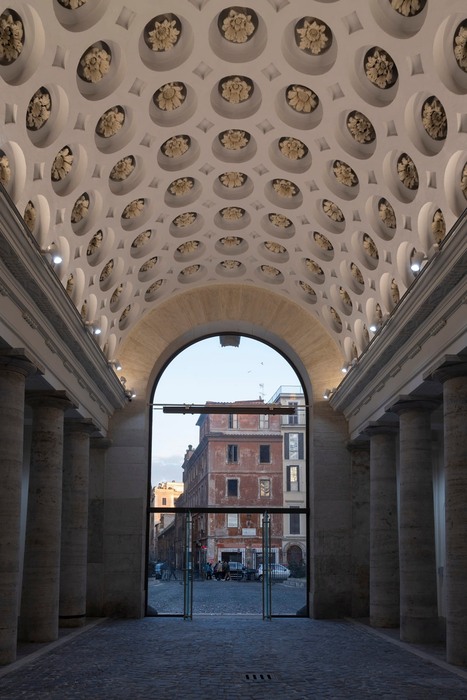
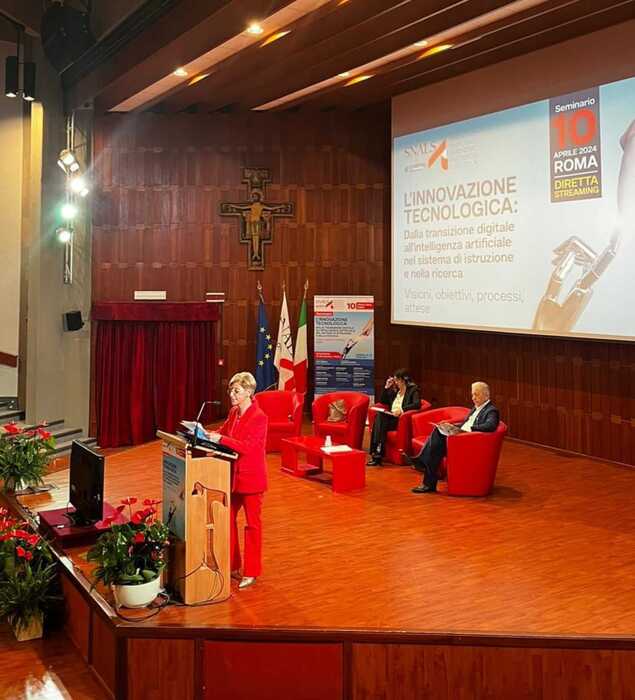

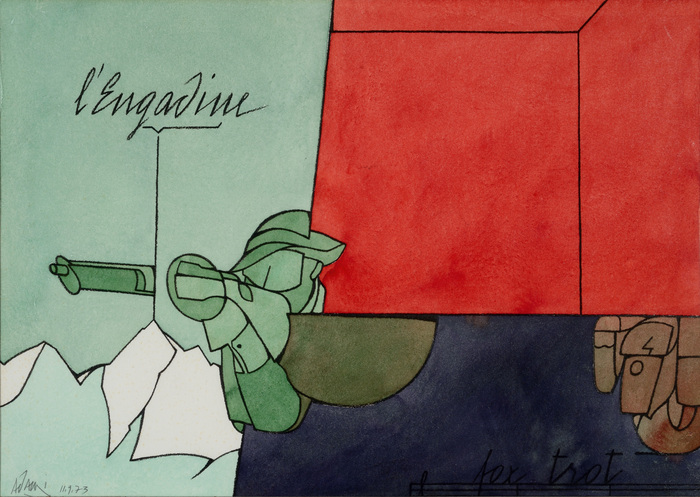
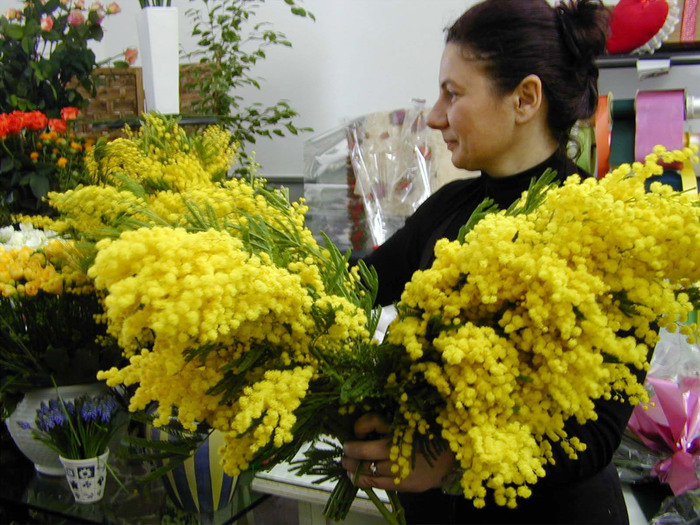
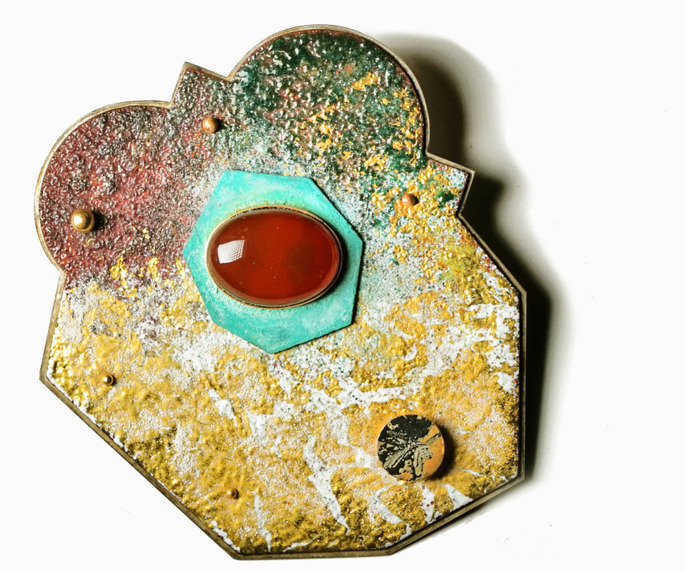
/cloudfront-eu-central-1.images.arcpublishing.com/prisa/B4T7XCN2ORDQLGNNVCIV4QQYC4.jpg)
